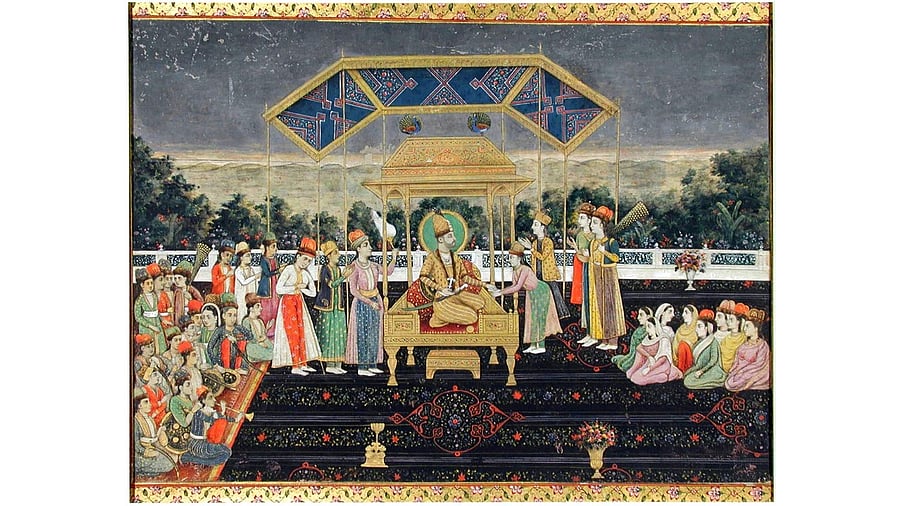
It was the biggest haul for Indian jewels once owned by maharajahs. A 2019 auction by Christie’s in New York of jewels removed, bought or transferred from India over the past 500 years netted a record-setting $109 million (Rs 815 crore).
Such historic jewels are not just pretty baubles. Rather, they contain histories that are lost when jewels are removed from their original contexts. Auctioned jewels mostly tell stories of their displacement, writes Aditi Natasha Kini in The New York Times.
The 2019 Christie’s auction was from the collection of Sheikh Hamad bin Abdullah Al-Thani, a Qatari prince and treasure hunter who has amassed a vast private collection from the Mughal court and Indian maharajas. He offered nearly 400 lots for sale.
The objects included Golconda diamonds, Mughal emeralds, and a magnificent enamelled and gem hookah set (circa 1680-1720) that was “almost certainly” made in the imperial Mughal workshop, according to Christie’s. The intricate artwork is reminiscent of the Peacock Throne, commissioned by Shah Jahan in the 17th century and other artifacts of those times.
“These jewels are expressions of what people thought, what they needed to do with them,” says Fredierike Voigt, principal curator of South Asia at the National Museum of Scotland in Edinburgh.
People kept jewellery as capital until they encountered a situation where they would have to part with them, she says. The stories of how they were used and how they changed hands are part of history.
At auctions, much of an object’s history gets lost, Voigt says. Usually, auctioneers only mention the historical provenance to sell the jewels at the greatest possible price.
Some Mughal-era jewels sold at auctions are from the loot of Nader, the Persian Shah, who ransacked the Mughal treasury in 1739. After two months, Nader headed back to Persia with $122 billion (Rs 9,15,495 crore) of wealth in today’s terms, according to historian Michael Axworthy. Many of these jewels got lost along the way, and some have found their way into crown jewels and private collections around the world.
To hear the story of Nader Shah and why he looted the jewels of the Mughals, listen using the web player above, to Episode 2 -- Jewels of the Maharajahs. The episode is from Scrolls & Leaves, a world history podcast that tells stories from the margins of history, science and cultures. The podcast is crafted in 3D-sound and is best experienced using headphones.